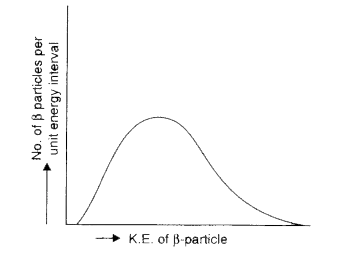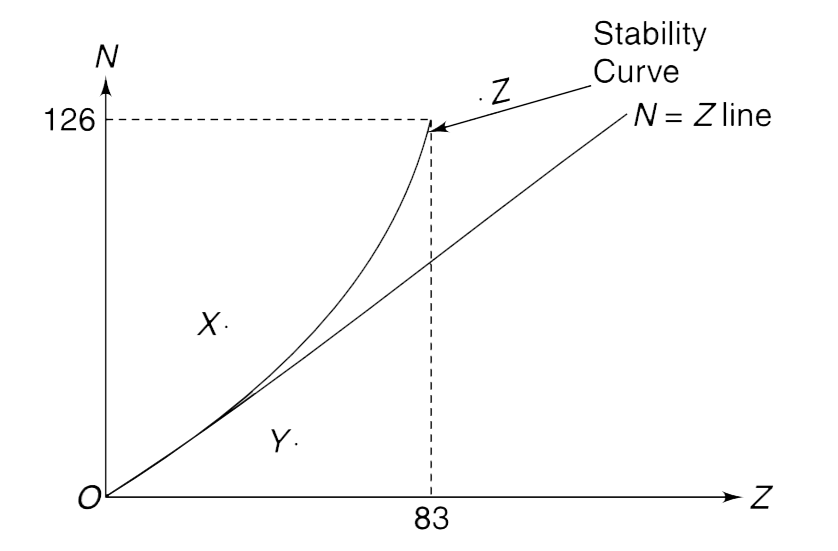Is free neutron a stable particle ? If not, what is its mode of decay?
If both assertion and reason are correct and reason is a correct explanation o f the assertion.
If both assertion and reason are correct but reason is not the correct explanation o f assertion.
If assertion is correct but reason is incorrect.
If assertion is incorrect but reason is correct
The correct Answer is:D
Step by step video, text & image solution for Is free neutron a stable particle ? If not, what is its mode of decay? by Physics experts to help you in doubts & scoring excellent marks in Class 12 exams.
Updated on:21/07/2023Topper's Solved these Questions
- NUCLEIBOOK - MODERN PUBLICATIONCHAPTER - NUCLEIEXERCISE - COMPETITION FILE (MATCHING TYPE QUESTIONS)
1 Videos
- NUCLEIBOOK - MODERN PUBLICATIONCHAPTER - NUCLEIEXERCISE - COMPETITION FILE (MATRIX MATCH TYPE QUESTIONS)
2 Videos
- NUCLEIBOOK - MODERN PUBLICATIONCHAPTER - NUCLEIEXERCISE - COMPETITION FILE (MULTIPLE CHOICE QUESTIONS BASED ON A GIVEN PASSAGE/COMPREHENSION)
8 Videos
- MOVING CHARGES AND MAGNETISMBOOK - MODERN PUBLICATIONCHAPTER - MOVING CHARGES AND MAGNETISMEXERCISE - CHAPTER PRACTICE TEST
13 Videos
- RAY OPTICS AND OPTICAL INSTRUMENTSBOOK - MODERN PUBLICATIONCHAPTER - RAY OPTICS AND OPTICAL INSTRUMENTSEXERCISE - CHAPTER PRACTICE TEST
14 Videos
Similar Questions
Knowledge Check
A free neutron decays spontaneously into
AA proton, an electron and anti-neutrinoBA proton, an electron and a-neutrinoCA proton and an electronDA proton, and an electron, a neutrino and an anti-neutrino.Neutron is a fundamental particle carrying
AA charge of +1 unit and a mass of 1 unitBNo charge and a mass of 1 unitCNo charge and no massDA charge of -1 and a mass of 1 unitA free neutron decays into a proton, an electron and
Aa neutrinoBa γ-ray photonCan antineutrinoDa neutron
Consider the decay of a free neutron at rest: n⊤+e− Show that the tow-body dacay of this type must necessarily give an electron of fixed energy and, therefore, cannot for the observed continous energy distribution in the β-decay of a neutron or a nucleus.

View SolutionA free neutron decays into a proton, an electron and
View SolutionA radioactive nuclide with Z protons and N neutrons emit an α-particle, two β-particles and two γ-rays. The number of protons and neutrons in the nuclide formed after the decay are
View SolutionAssertion: In the process of nuclear fission, the fragments emit two or three neutrons as soon as they are formed and subsequently emit particles.
Reason : As the fragments contain an excess of neutrons over protons, emission of neutrons and particles bring their neutron/proton ratio the to stable values
View SolutionThe least stable free radical is
View Solution

